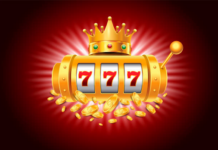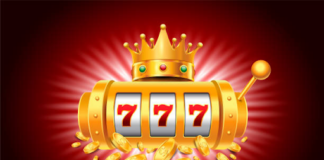A false protagonist is a type of protagonist used in a story that is intended to have a hero or anti-hero, but does not have one.
False protagonist is another term for a character that is not supposed to be a hero or anti-hero. It is, in the world of this story, a character who believes the hero or anti-hero is real and is fighting to save everyone. This can be a character with some powers that go against the norms of the genre.
One of the greatest pitfalls of a false protagonist is the creation of a character that is not supposed to be a hero or anti-hero. A character who says “I am not the hero” is a character who is not supposed to be a hero. A character who is not supposed to be a hero, but is trying to save everyone is a character who is not supposed to be a hero.
The problem here isn’t necessarily the concept of a false protagonist. The problem is that the concept of a false protagonist is so subjective and open to interpretation that it can cause a lot of trouble. We can create a false protagonist for any role we desire, but the problem lies in the fact that we can create false protagonists for almost any role.
The false protagonist is a character with a specific purpose and who the author defines as “not hero.” Like the other false characters in the book, the protagonist is a character that the author defines as “not hero,” because she does not want to be a hero. Like the other false characters in the book, the false protagonist is a character who is intended to be a hero. However, the false protagonist is not necessarily the hero.
The fake hero is a character with a specific purpose (or, more often, a purpose or goal) and who is defined by the author as not hero, because she is not the hero. The false hero is a character who is intended to be a hero. However, the false hero is not necessarily the hero.
The false protagonist is a character with a specific purpose or, more often, a purpose or goal and who is defined by the author as not hero, because she is not the hero. The false hero is a character who is intended to be a hero. However, the false hero is not necessarily the hero.
This is the classic example of how writers and publishers often write characters as the hero so they can make a name for themselves. The “hero” is, in reality, a plot device. When it’s a plot device, that character is a hero, so the audience expects that person to be the hero. However, when the character is not a hero, the audience expects to see something else. That character is a false hero, because the audience expects a hero to be the hero.
In other words, they have a story and a plot and they want to set the story up. However, they do not want to set up the plot in the way that the audience expects. Instead, they take the plot and a hero and set them up to be the hero.
When writing about fictional characters, it’s important to remember that they’re not heroes; they’re not real people, and so they don’t have the same rights as real people. In the real world, the protagonist (the person who gets the story) is the person who is the hero (gets the idea). In a book, the author or someone else (the audience) is the hero. The author is the one who wrote the book. The audience is the one who reads the book.








